History of the Ragdoll Cat and How It Was Developed
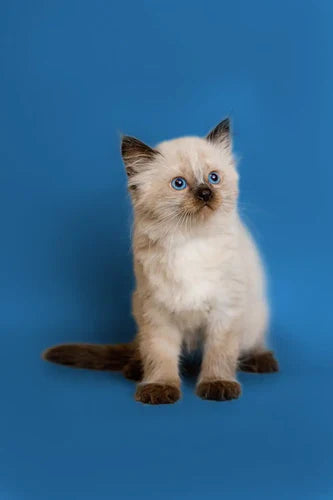
The history of the Ragdoll cat breed traces back to the early 1960s when a white Persian cat named Josephine, owned by Ann Baker in Riverside, California, gave birth to a litter of kittens with unique characteristics. One particular kitten, named Daddy Warbucks, stood out with his gentle nature and tendency to go limp when handled. This laid the foundation for what would become the Ragdoll breed.
Inspired by Daddy Warbucks, Ann Baker embarked on a breeding program to develop a new breed that possessed not only striking looks but also a friendly and docile temperament. She crossed Daddy Warbucks with various other breeds, including Burmese, Birman, and possibly Persian cats, to achieve the desired traits.
The name "Ragdoll" was given to the breed due to the cats' tendency to go limp and relaxed like a Ragdoll when picked up. Ann Baker claimed that she had developed a breed with a unique genetic mutation that made Ragdolls impervious to pain. However, this claim has not been scientifically proven, and it is now widely believed that the Ragdolls' relaxed temperament is a result of selective breeding for certain personality traits. You can read more about Socialize a Ragdoll Cat With Other Pets and People here.
Ann Baker established strict guidelines for breeding Ragdolls and created her own registry, the International Ragdoll Cat Association (IRCA), to maintain control over the breed. Over time, conflicts arose within the Ragdoll breeding community, leading to the formation of other Ragdoll cat associations and registries.
Today, the Ragdoll breed is recognized by major cat registries, including The International Cat Association (TICA) and the Cat Fanciers' Association (CFA). The breed has gained popularity for its stunning appearance, docile nature, and affectionate personality. Ragdolls are cherished companions and continue to captivate cat lovers worldwide.You can read more about Frequently Asked Questions About Ragdoll Cats here.
Tags:

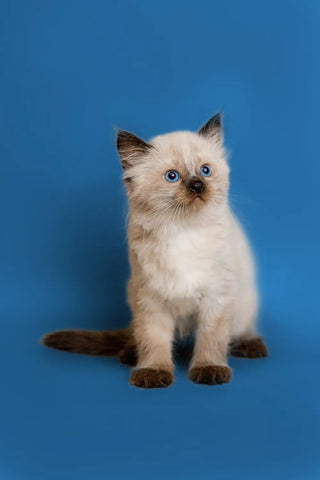



















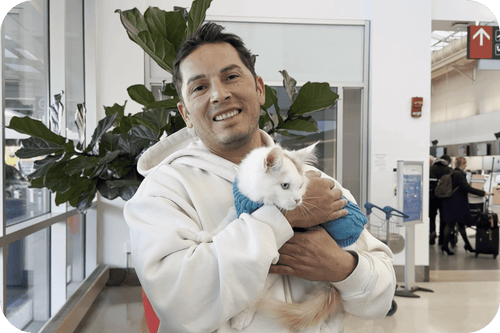




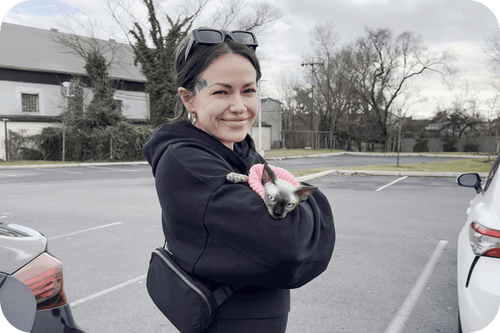
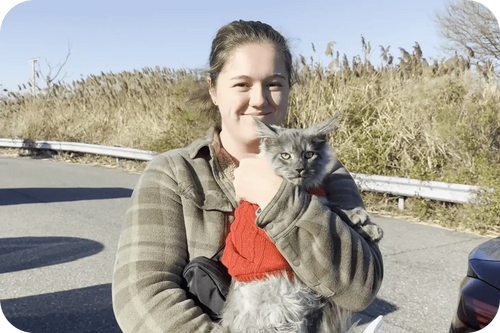
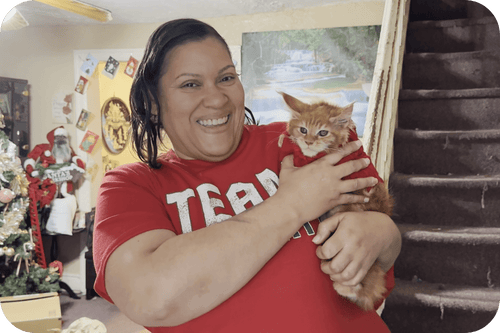
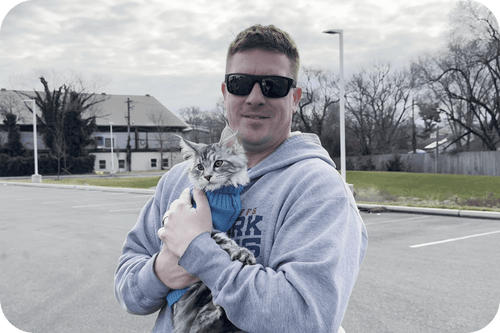

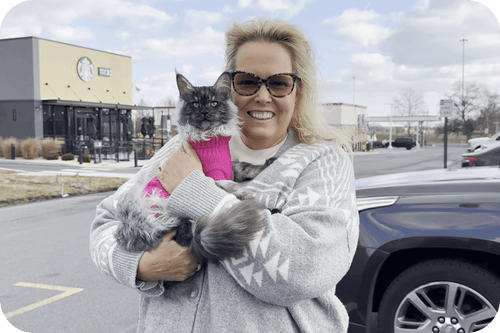

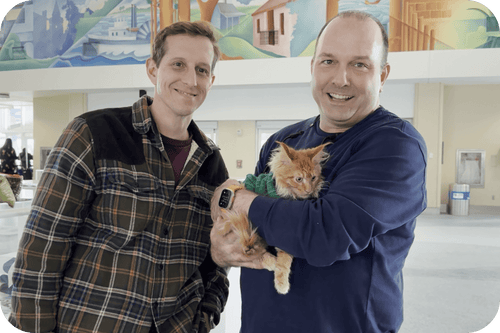
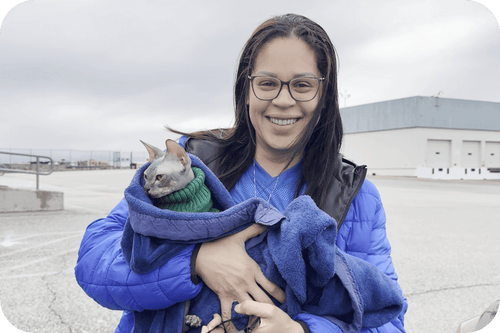
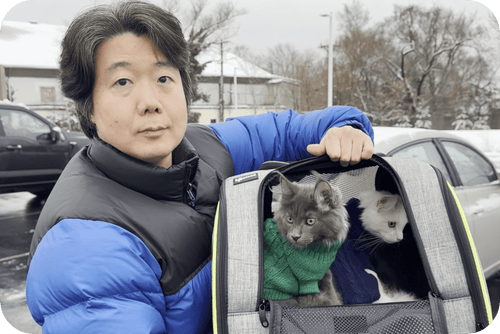
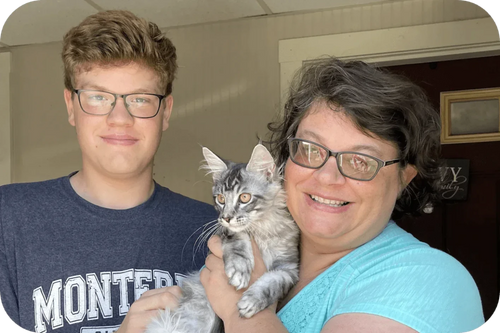
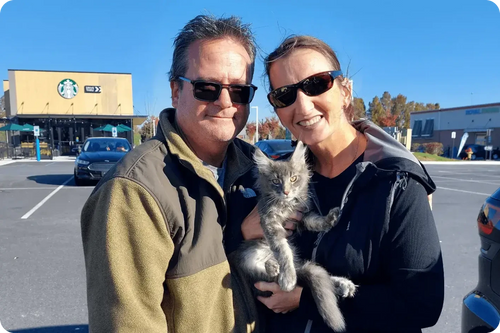
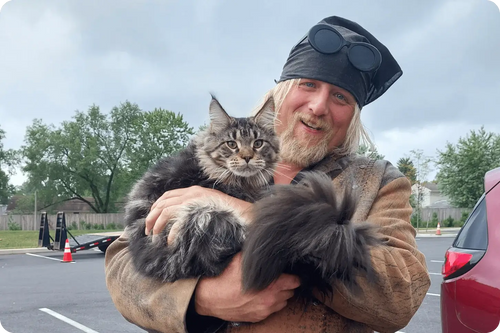
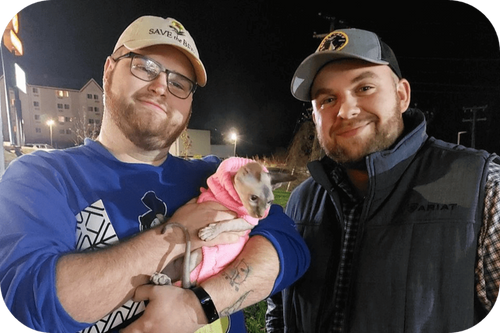
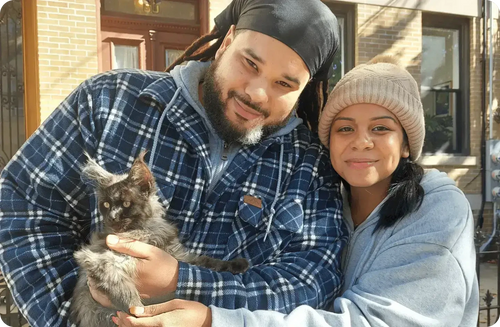
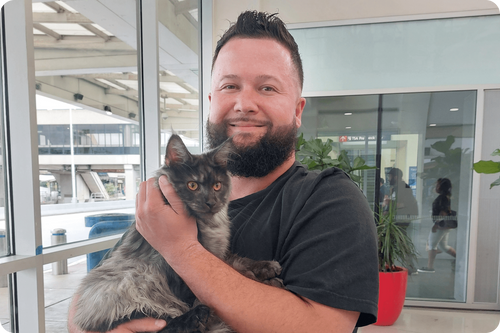










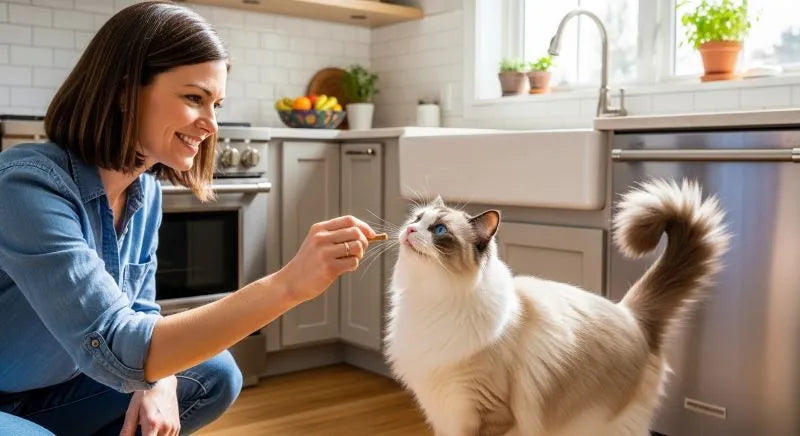

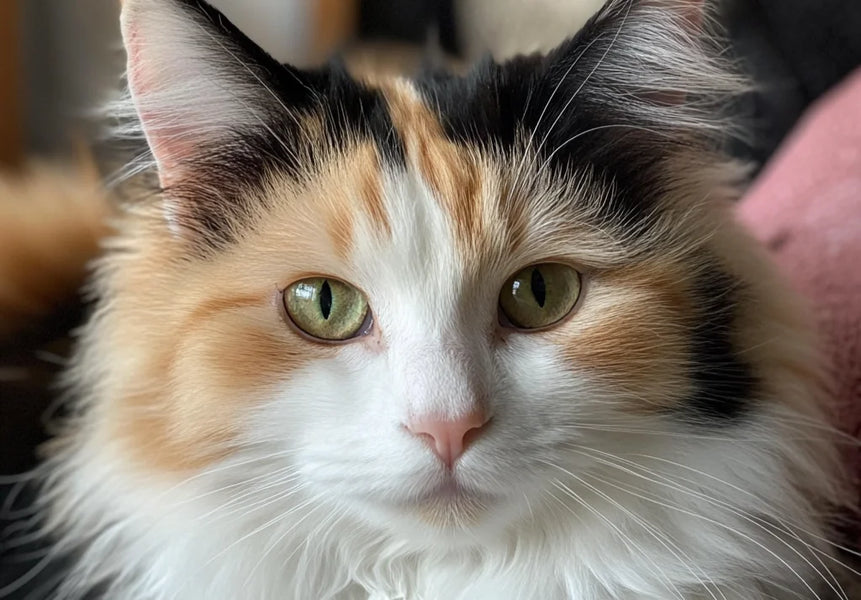

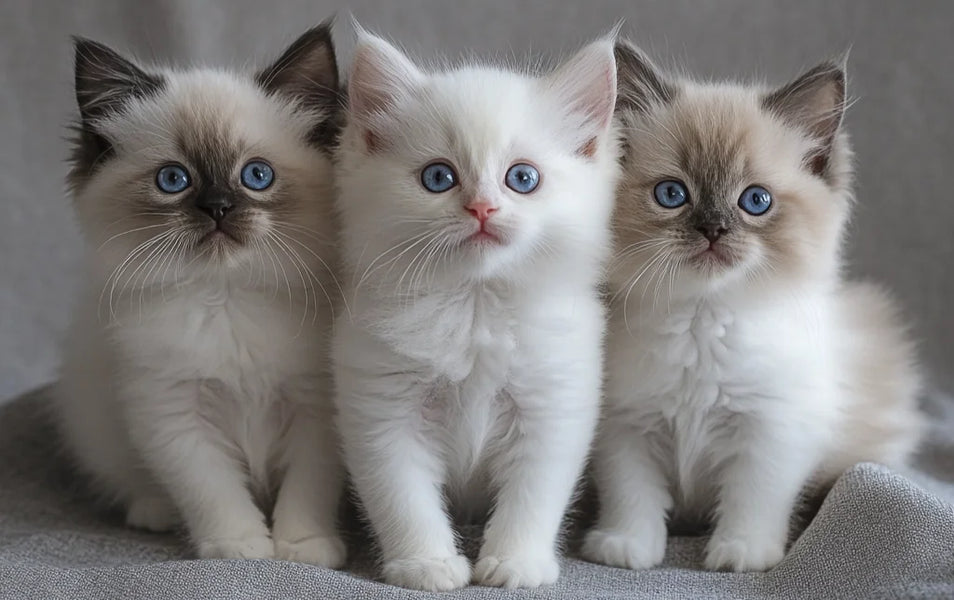
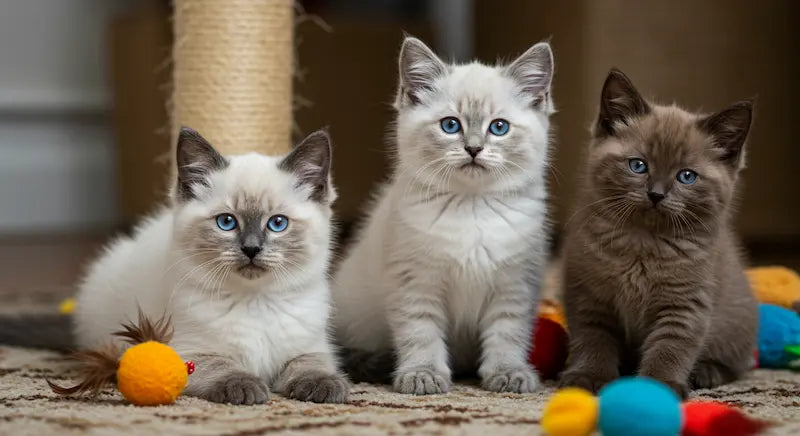




Comments(0)